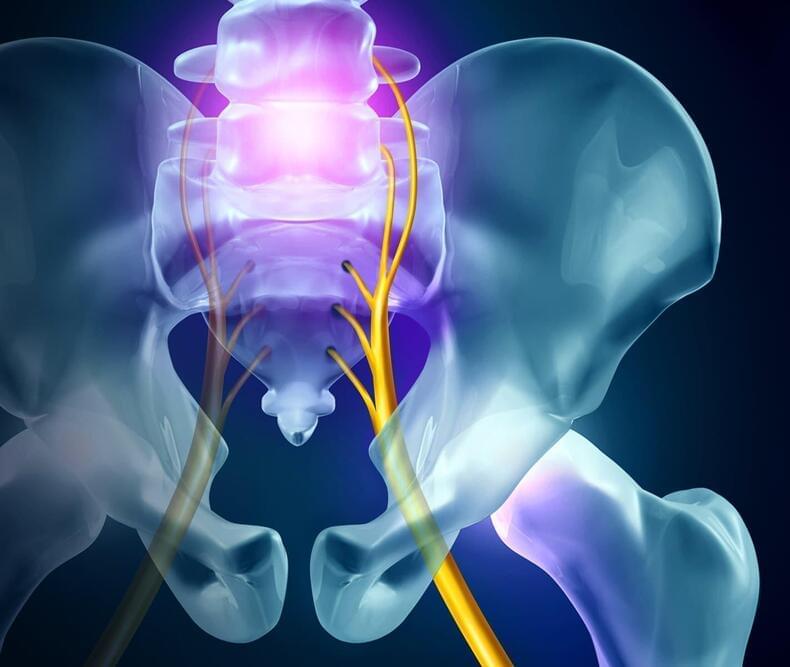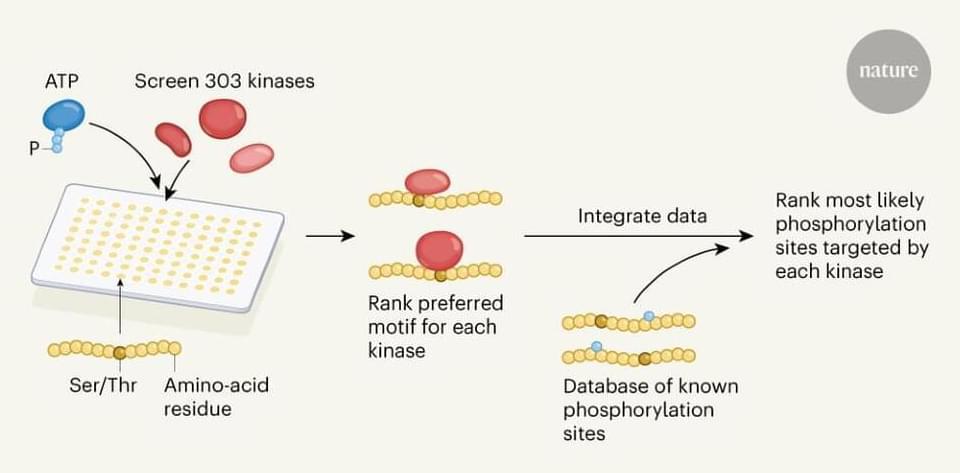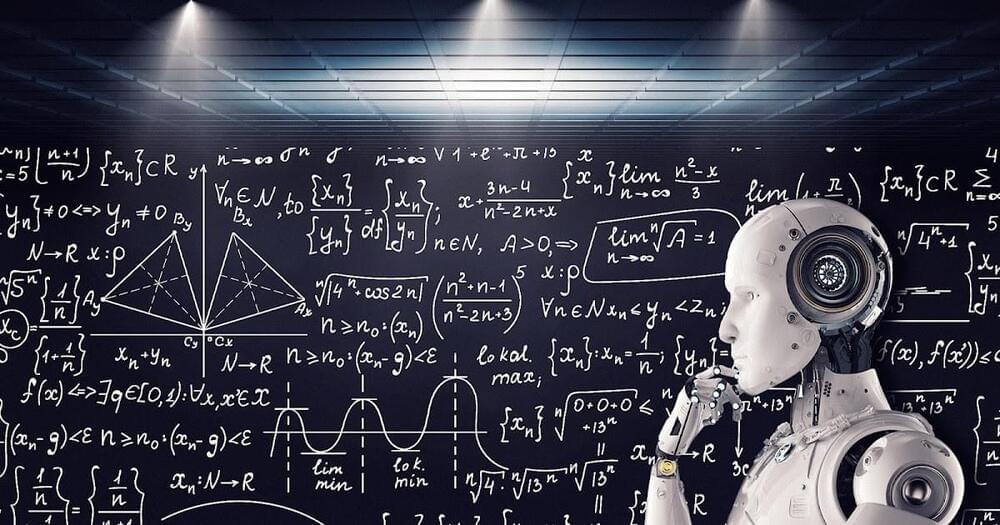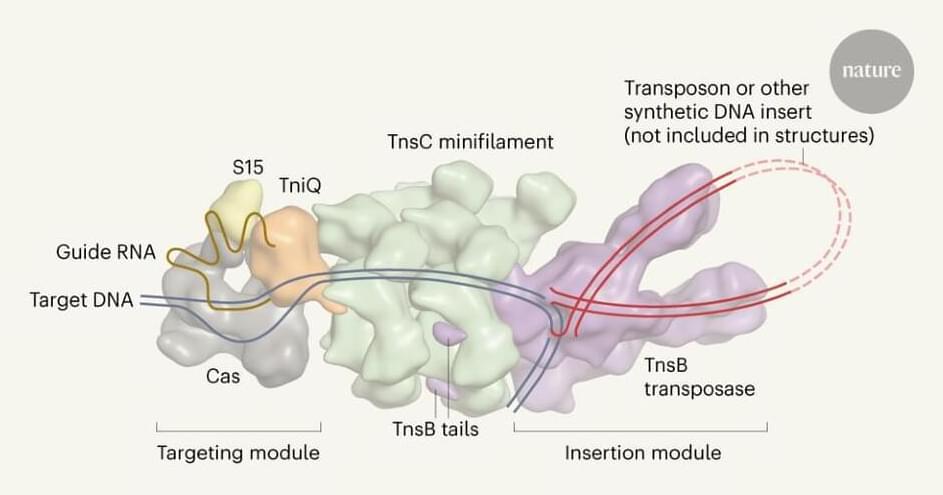You use them to sit, stand, dance, kick, and run. Find out from WebMD’s slide show what makes your hips hurt, and what you can do about it.




If you watched the debate live, you know that, at the very end, I wanted to reply to a point made by Susan but couldn’t, since we ran out of time. The goal of this essay is to put my reply on the record in writing, so to take it out of my system. Before I do that, however, I need to give some context to those who didn’t watch the debate live and don’t have a subscription to the IAI to watch it before reading this essay. If you did watch the debate, you can skip ahead to the section ‘My missing reply.
Context
In a nutshell, my position is that we have no reason to believe that silicon computers will ever become conscious. I cannot refute the hypothesis categorically, but then again, I cannot categorically refute the hypothesis of the Flying Spaghetti Monster either, as the latter is logically coherent. Appeals to logical coherence mean as little in the conscious AI debate as they do in the Flying Spaghetti Monster context. The important point is not what is logically coherent or what can be categorically refuted, but what hypothesis we have good reasons to entertain.


The AI company has earlier created something similar earlier, they have in the past used AI-generated form letters and chatbots to help secure and recovers people’s fund for onboarding wifi that failed to work.
Many people have reacted to this new innovation citing that it may be injurious to lawyers’ legal business, particularly lawyers who have no knowledge about artificial intelligence.

Introducing the 15 finalist teams who are developing physical avatar systems to make human telepresence and interaction possible across the globe. From performing life changing operations, caretaking, disaster relief, or simply bridging the distance for social connection, these robotic avatars will allow us to expand our physical reach and evolve the way we communicate and interact remotely. Learn more about next phase of the $10M ANA Avatar XPRIZE https://www.xprize.org/prizes/avatar/articles/ana-avatar-xpr…-finalists.
ABOUT XPRIZE
XPRIZE is a global future-positive movement of over 1M people and rising, delivering truly radical breakthroughs for the benefit of humanity. XPRIZE inspires and empowers a global community of problem-solvers to positively impact our world by crowdsourcing solutions through large-scale competitions, tackling the world’s grandest challenges in exploration, environment and human equity. Active competitions include the $100 Million XPRIZE Carbon Removal with Elon Musk, $20 Million NRG COSIA Carbon XPRIZE, $15 Million XPRIZE Feed the Next Billion, $10 Million XPRIZE Rainforest, $10 Million ANA Avatar XPRIZE, $5 Million IBM Watson AI XPRIZE, $5 Million XPRIZE Rapid Reskilling and $1 Million Digital Learning Challenge. Donate, sign up or join a team at xprize.org.


Summary: Researchers identify the role the Pig-Q gene plays in sleep regulation. Mutations of the Pig-Q gene increase sleep.
Source: Texas A&M
A research effort involving researchers from Texas A&M University, the Perelman School of Medicine at the University of Pennsylvania and Children’s Hospital of Philadelphia (CHOP) has used human genomics to identify a new genetic pathway involved in regulating sleep from fruit flies to humans—a novel insight that could pave the way for new treatments for insomnia and other sleep-related disorders.
Simon Waslander is the Director of Collaboration, at the CureDAO Alliance for the Acceleration of Clinical Research (https://www.curedao.org/), a community-owned platform for the precision health of the future.
CureDAO is creating an open-source platform to discover how millions of factors, like foods, drugs, and supplements affect human health, within a decentralized autonomous organization (DAO), making suffering optional through the creation of a “WordPress of health data”.
Simon is a native of the Dutch Caribbean island of Aruba, having been born on the island and initially chose to study medicine at the University of Groningen, but then transitioned over to healthcare innovation studies at the University of Maastricht where he wrote his master thesis on the topic of Predictive Healthcare Algorithms.
(For information on the discussion segment on AGI, please contact — www.Norn.AI)